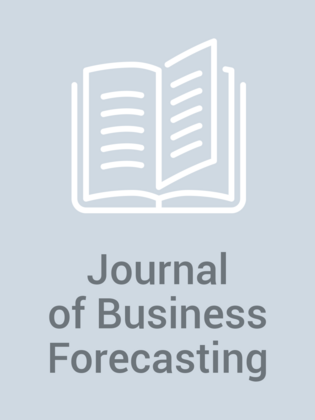Benchmarking Forecasting Errors
BENCHMARKING FORECASTING ERRORS By Chaman L. Jain, St. John’s University Since every decision is based on some kind of a forecast about the future, the more accurate the forecast (or the smaller error), the better would be the decision. It is humanly impossible to have a 100% accurate forecast. We will always have some error. So the question before us is: How much error a company can afford? There are three ways for making this determination. 1. Cost of an Error: The higher the cost of an error, the less a company can afford. There is a cost of error when we over-forecast and a cost of error when we under-forecast. The cost of an over-forecasting error stems from holding excess inventory, offering special discounts to dispose of surplus products, obsolescence, etc. The cost of an under-forecasting error results from an increase in the costs of production and expediting as well as the loss of revenue and customers because of stock-outs. A recent study by the author shows that companies lose as much as $1.30 million a year for each percent of over-forecasting error, and as much as $2.37 million a year for each percent of underforecasting error. 2. Adjustment Capability ...









